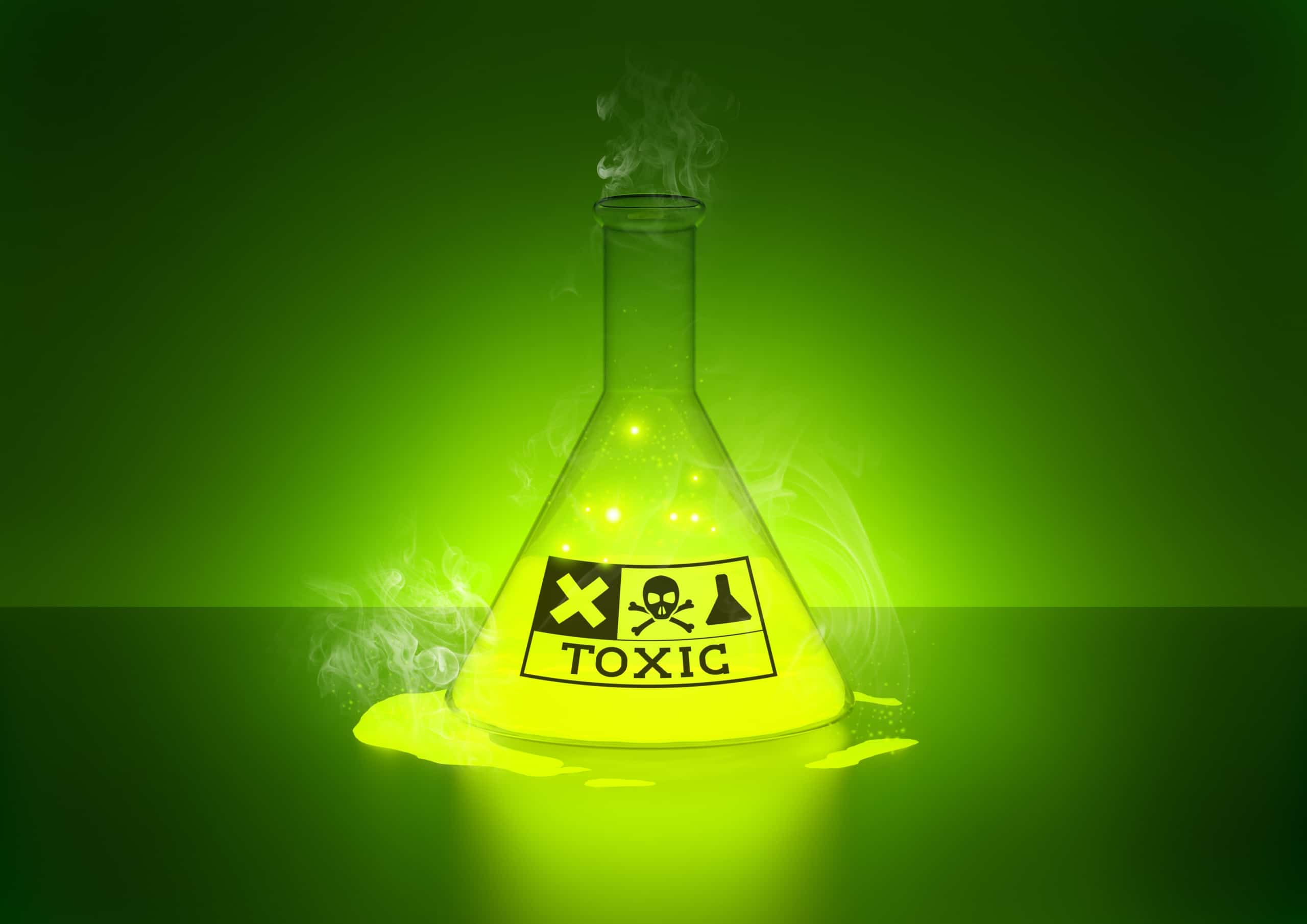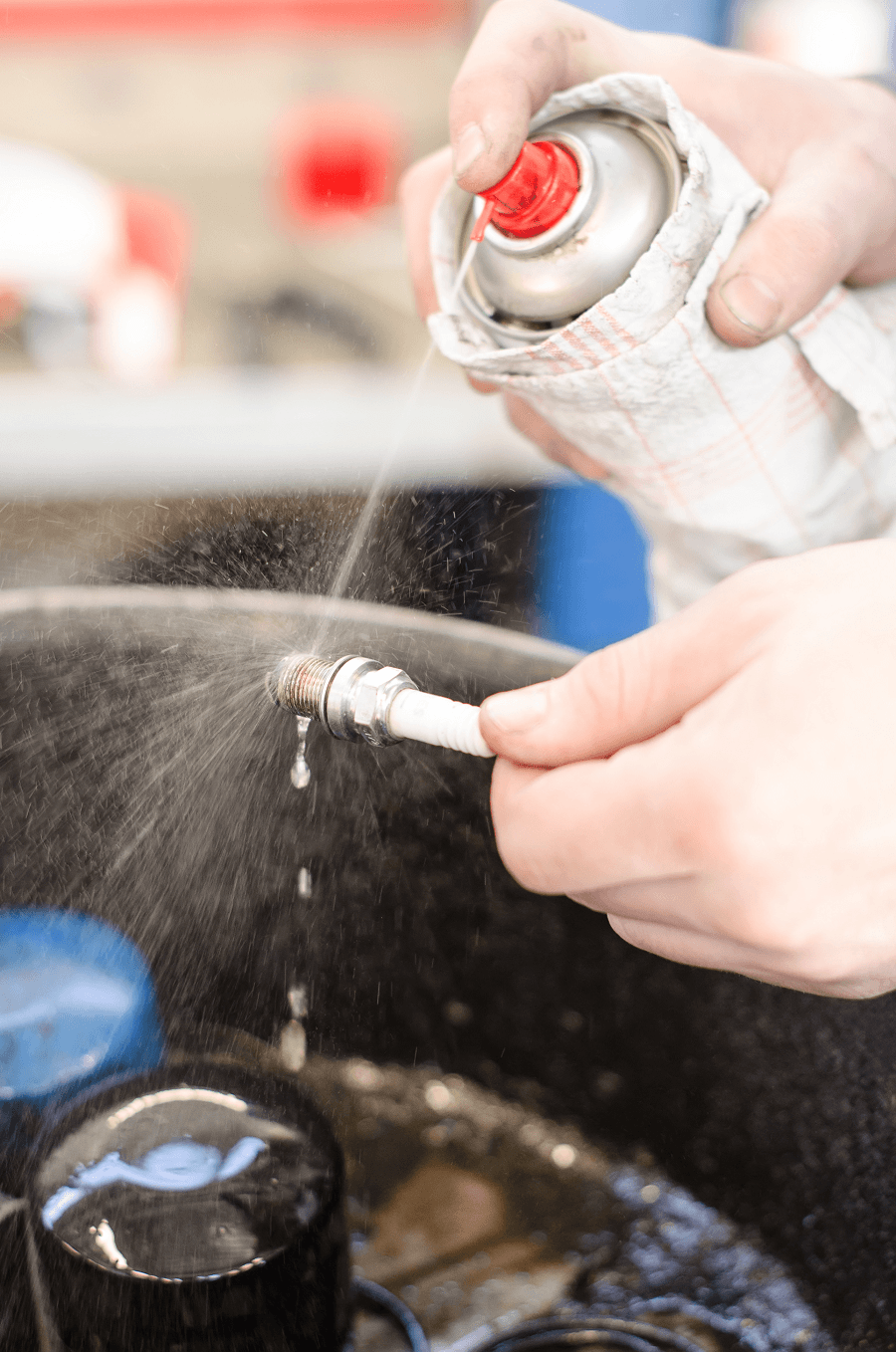

Scoring Leaderboard for Anaheim or Bust!
Hello All and Welcome to the leaderboard page! Here you can track the weekly progress of the contest flex goal, your schools score as well as view the weekly winners. Social Media Counters Towards Flex Goal Week 5 (11/7) 235 2,198 274 51 Week 4 (10/31) 233 2,210 272...
Replacing nPB: Choosing a Replacement in 4 Steps
Since the Clean Air Act Amendments of 1990, the Environmental Protection Agency (EPA) and other regulatory agencies on the federal, state, and municipal level have increasingly focused on regulating the use of commercial and industrial solvents that are hazardous to...
Solvents for Cleaning Parts: The Case for Aerosol Solvents
We typically associate the term “aerosol” with liquid that’s compressed in a spray can that emits a fine mist when we press a button on top of the can. However, nature and not humans created the first aerosols. Technically, an aerosol is a “colloidal system of solid...


